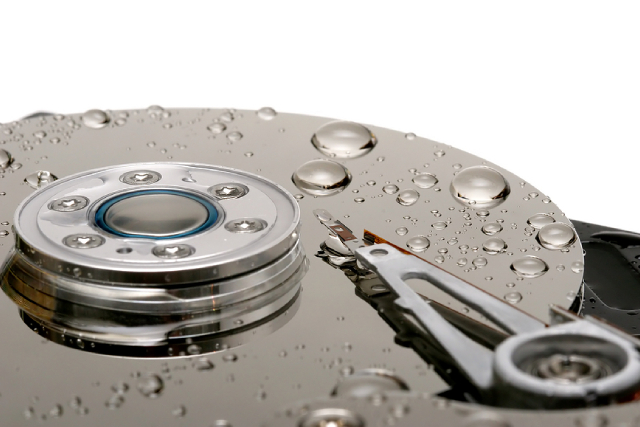NAND Flash (Non-Volatile Memory)
NAND flash is a non-volatile memory, and it is commonly used in electronic devices like smartphones, digital cameras, and USB flash drives. It is called "flash" memory because it can be erased and reprogrammed similarly to a camera flash.
A NAND flash chip is a semiconductor device that contains many memory cells arranged in a grid. Each memory cell consists of a transistor and a floating-gate capacitor. The transistor controls the flow of electricity to the capacitor, which stores a charge representing a binary value (0 or 1).
The grid-like arrangement of memory cells in a NAND flash chip allows it to store large amounts of data in a compact space. The data is stored in blocks, which are made up of pages. Each page typically contains 512 or 2048 bytes of data, and each block contains many pages.
NAND flash memory is designed for fast read and write speeds, which makes it well-suited for applications that require high-speed data transfer, such as digital cameras and solid-state drives. However, it has a limited number of write cycles, typically around 100,000 to 1 million. With limited numbers of write cycles, t the memory cells can degrade and become unreliable after it reused for a certain period.
To mitigate this issue, manufacturers use wear leveling algorithms to evenly distribute write operations across the memory cells in a NAND flash chip. This algorithm helps to extend the chip's lifespan and reduce the risk of data loss.
In summary, a NAND flash chip is a non-volatile memory widely used in electronic devices. It stores data in blocks of pages arranged in a grid-like pattern of memory cells. While NAND flash memory is fast and compact, it has a limited lifespan due to the finite number of write cycles that it can withstand.



